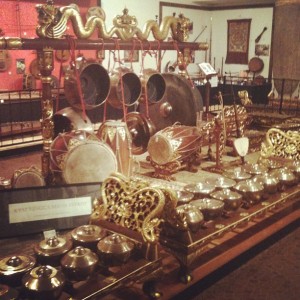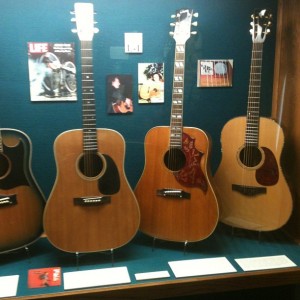The holidays came early to the SDSU flute studio in November. Several of my students wanted to try out new flutes; most were ready to upgrade, and one wanted to get an idea of her options in anticipation of upgrading next year. We had seven brands of flute to try out over the course of about a week. Every flute was within my students’ budgets, so they knew that any flute they tried was a possible purchase. Included were well-known brands, and the majority of them (6 our of 7) were solid silver headjoints and bodies with plated mechanisms.
My students were quite excited, of course, and each approached the trial process in a different way. Some wanted to try all of them in a single session; others wanted to just try a few and come back later to try the others. One student knew immediately which brand she preferred and didn’t change her mind at all during the trial process. The others had a more difficult time and took longer to make a decision.
Each student played the flutes over several days. They played long tones as well as scales, etudes, and repertoire. They also tried the instruments in different spaces, including the flute studio as well as the recital hall. Other than the student who immediately knew which one she wanted, the other students’ opinions changed a bit over the course of the week. They slowly began eliminating choices based on “feel” (e.g., this mechanism just isn’t comfortable) and sound. Eventually, two more students decided on a new flute. I also enjoyed trying these flutes outside of the usual convention atmosphere. It was a luxury to have some time to really get to know some of these brands.
My goal was to guide them in this process. I carefully tried to not influence their decision, since I strongly believe that each person has to buy the brand that works best for him or her and not just buy the brand name alone based on its reputation. I also don’t have extensive playing experience with some of the brands they tried, so I didn’t feel it would be fair to push one brand over another. Since they were trying solid, high-quality instruments, I knew that there wasn’t really an issue with them choosing something that wasn’t going to hold up. I answered a lot of questions about mechanisms and structural aspects of the instruments but I really wanted them to have the experience of careful, critical listening to determine which flute was best for each of them. In the end, I think each student chose the instrument that was most comfortable and responsive and had the best sound. There is also a lot of room for each student to grow artistically with the new instruments.
They’re still in love with their new flutes and another student has a very good idea of which brand she prefers when she is ready to upgrade, so I think the entire process was a success.



